Dear friends, colleagues and those who have expressed an interest in the FOOD & CULTURE of Japan:
For New Yorkers watching the ball drop at Times Square, ether in person or on TV has been a traditional way to welcome the New Year since 1907. For Brits its likely to be listening to Big Ben’s chimes, first broadcast by the BBC on New Year’s Eve in 1923.
But for most Japanese bidding farewell to the current year on Omisoka (New Year’s Eve) includes hearing temple bells ring 108 times to rid the world of 108 kinds of evil. This bell-ringing custom, Joya no Kané除夜の鐘, was brought to Japan from China with Buddhist monks in the 10th century.
A slightly newer ritual in Japan for bringing closure to the year is noodle-slurping toshi koshi soba 年越しそば, probably begun in the 17th century,
More recent still (2008), the Sanuki Udon Promotion Board さぬきうどん振興協議会, began a new tradition (an oxymoron if ever there was one!) called toshi aké udon 年明けうどん starting the new year with udon.
Visit my Kitchen Culture postfor SOBA and UDON recipes you can make in your own kitchen on New Year’s Eve and New Year’s Day.
PROJECT Noodle-Slurping is about the art of eating noodles, Japanese-style: SUSURU
S-L-U-R-P!!
Check out the first installment of my series
for The Japanese Pantry, an online store dedicated to making the best quality artisanal Japanese ingredients available to cooks in the United States.
A Taste of Culture PROGRAMS
A Taste of Culture offers custom workshops for visitors and residents who wish to learn about Japanese home-style cooking and prepare it for themselves.Details here.
For on-going inspiration and instruction, visit my KITCHEN CULTURE archives and the coordinated Facebook Group kitchen projects at KITCHEN CULTURE COOKING CLUB.
Regardless of where you reside, I hope you remain interested in Japan and its food culture.
七草粥 Nana Kusa Kayu
Rice Porridge with Seven Spring Herbs
Get a health-boosting start to the new year with rice porridge chock-filled with vitamin and mineral rich leafy herbs and flowering greens that strengthen resistance to infection and colds.
Project Rice Snacks
Crisp-and-Crunchy Rice Snacks are a delicious way to use up leftover omochi. Inevitably after the New Years holidays pieces of omochi remain uneaten. Dried and cracking they can be repurposed into tasty ARARÉ.
WASHOKU ESSENTIALS bi-monthly column in the Japan Times. Most recently about KURI KINTON (chestnuts in sweet potato paste) andkuchinashi no mi (gardenia pods) that make the dish vibrant yellow.
Episode 341 (Sept 10) is about the language used to describe food textures … mouthfeel is often the most challenging element when trying new foods.
Prefer video-based learning? Join me on CRAFTSY

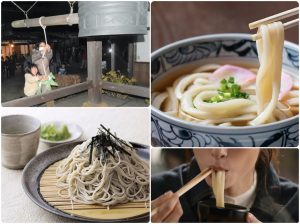
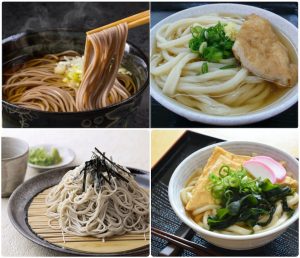
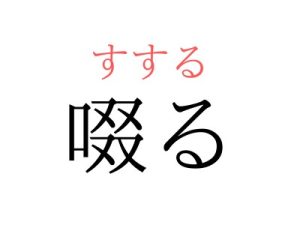
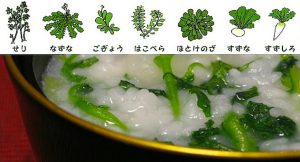
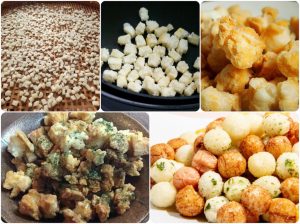





Comments